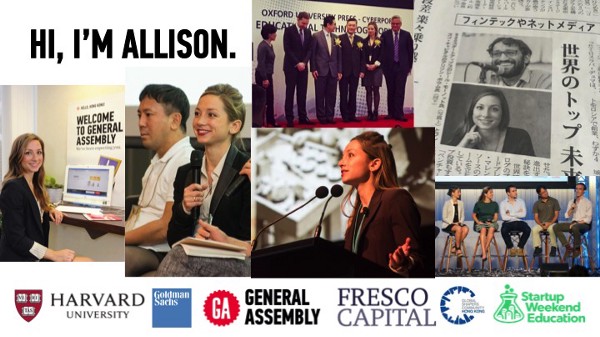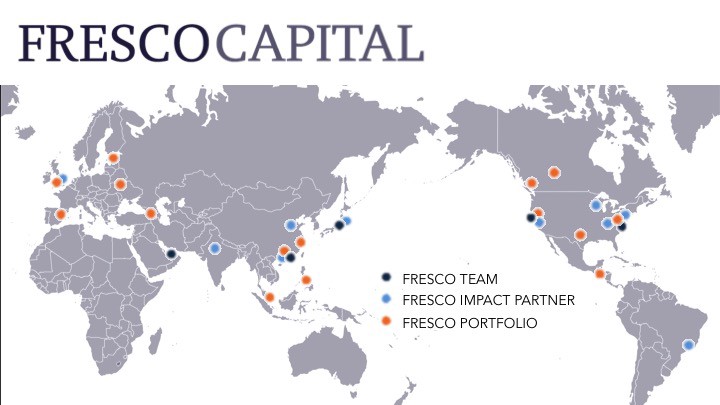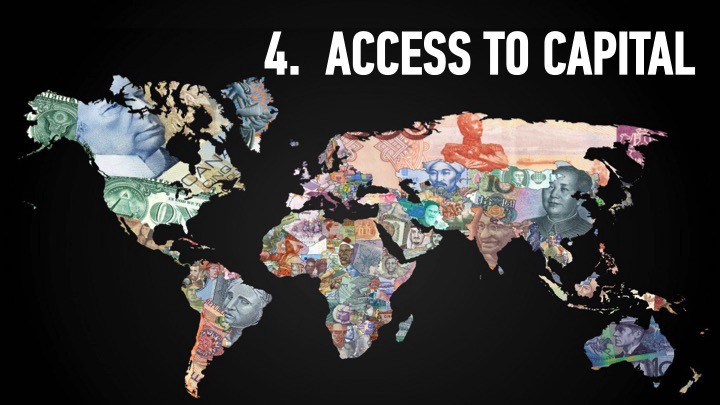The Hard Thing About Easy Things
An anecdote
I’m a modern girl but I fold in half so easily
When I put myself in the picture of success
Rilo Kiley, “Pictures of Success”
Several months ago, I was attending a conference in Arizona. The venue was on the outskirts of town and the only way I could actually get there was by renting a car. At the time, I had never rented a car before.
By this point in my life, I had already attended Harvard, worked on Wall Street, joined a startup, moved halfway across the world (twice), started a business, built teams, and raised a venture capital fund. All of those things were pretty challenging, yet I was having an immense amount of anxiety about renting a car. Every time I sat down to get it done, I would become paralysed by questions and situational permutations. My mind would run in circles wondering, “Where exactly would I pick it up? What size was appropriate? Which rental agency was the best price? What if I had to return it to a different location than where I picked it up? What if they were out of cars? Where would I park it?” The potential pitfalls were seemingly endless.
Finally, just days before I had to acquire said rental car, I shared my angsty internal dialogue with a trusted friend. She listened, nodded, and then opened my browser to Google and said, “Just do it right now.” Her lovingly intimidating demeanour left me no choice, and I dove into the task of renting this car.
In summary, it took twenty seconds to Google “rental car Arizona”, another ten seconds to compare rates, and another thirty seconds to complete my reservation. Done.
An extrapolation
They warn you about killers and thieves in night
I worry about cancer and living right
But my mama never warned me about my own
Destructive appetite
– Jenny Lewis, “Happy”
To date, renting a car is one of the easiest things I have ever done in my entire life. The only thing that made it difficult was my own questioning, uncertainty, procrastination, and inability to move forward. I was overwhelmed by the number of variables I needed to optimise. But the only variable for which I really needed to account was me.
There are many things in life that are actually challenging. Yet, as humans, we specialise in turning the easy things into a struggle as well. So often, doing something as simple as figuring out what to eat, who to call, or what to Google can feel like such an insurmountable task. However, the difficulty is not the problem itself. The real burden is managing your own perceptions, framing your response, and bringing yourself to action. That’s it. The hard thing about easy things is you.
And managing yourself is actually really fucking hard. Especially if you have a questioning mind, an ambitious spirit, or a beating human heart. We are a constant swirl of emotions, reacting to our current context through the lens of our pasts, and attempting to find the balance between what we need, want, and believe is possible. It’s a lot to navigate, and we often lack the tools necessary to find our way.
A conclusion
Cause it’s a new you every day
Puttin’ on a different face
And the farther that you run from it
How will you overcome it?
It’s a new you every day
– Jenny Lewis, “The New You”
Our current education system is geared toward teaching us information we can use to accomplish tasks. Facts. Events. Equations. These are the easy things. Not only are they easy to begin with, but technology has made their storage, access, and recall infinitely easier. In many cases, all you need is a good friend to open your browser to Google.
Instead, we should be focusing on equipping individuals with the tools they need to manage themselves. This is the hard part. Education should provide you with the aptitude to understand the problems at hand, the awareness to determine what is possible, the ability to break the problem down into pieces, and the strength to get started. This is one of the many reasons why, at Fresco Capital, we are investing in tools for STEM education. Learning to code is not about memorising facts, learning a language, or creating a cool app. There’s much more to it than that. It is about learning that you are in the driver seat, and providing you with the processes you need to break things down and move forward, piece by piece. After all, that’s the only way to get through the hard parts.













